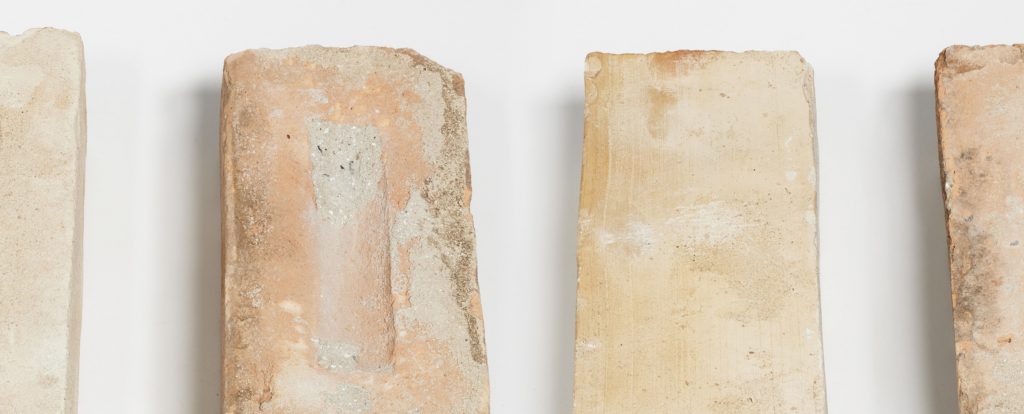
Kangaroos may have grazed on the sandy dunes and seabirds soared overhead on the day in 1967 when Jack Thompson (1908-1996) explored the Murramarang Point headland, between Ulladulla and Batemans Bay. While strolling, he came across the remains of roughly-made slab huts – the timber parts having long disappeared. Curious, Jack picked up these bricks […]
Read More…
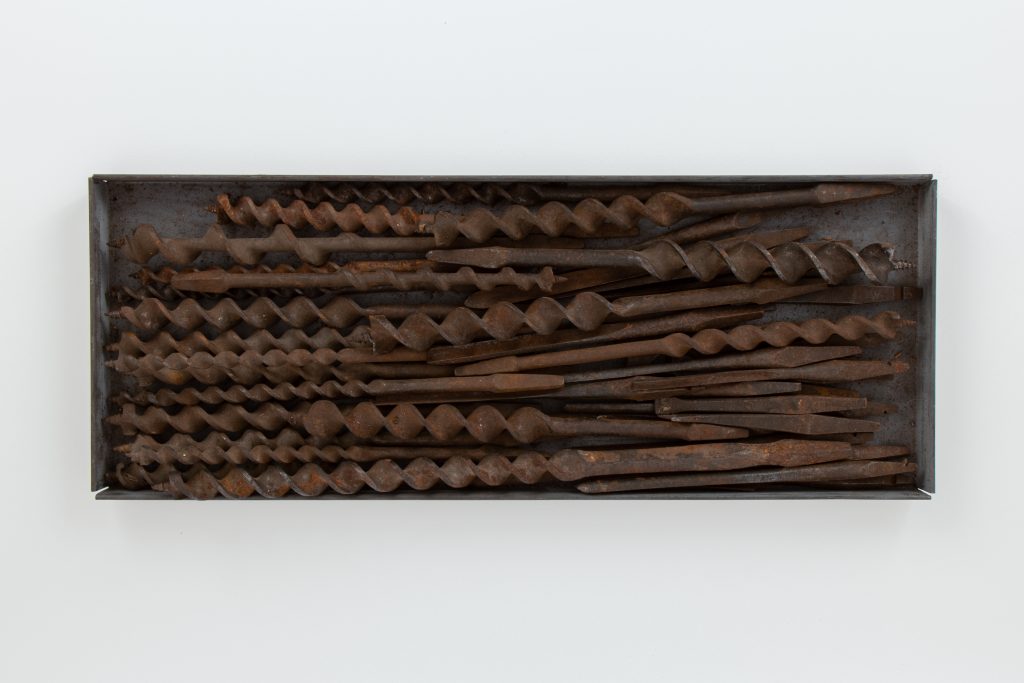
At this point, the history of Newcastle, located on Awabakal and Worimi country, is enmeshed with coal mining – but this was not always the case. Though these twentieth-century drills bits may have seen use in one of the many coal mines in the region, they are actually typical of those used for woodworking or […]
Read More…
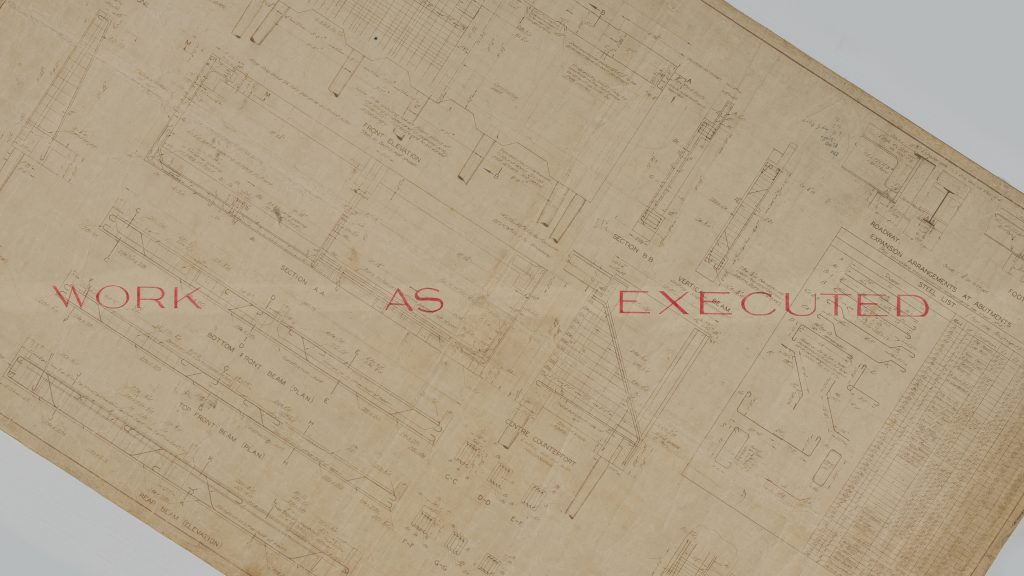
What does it take to make a bridge safe and sturdy? Perhaps it’s usually just good design and sound engineering. But in the case of Long Bridge in Maitland, where catastrophic floods are common, it has taken construction, reconstruction and rebuilding five times over the past 200 years. These 16 plans prepared by the NSW […]
Read More…
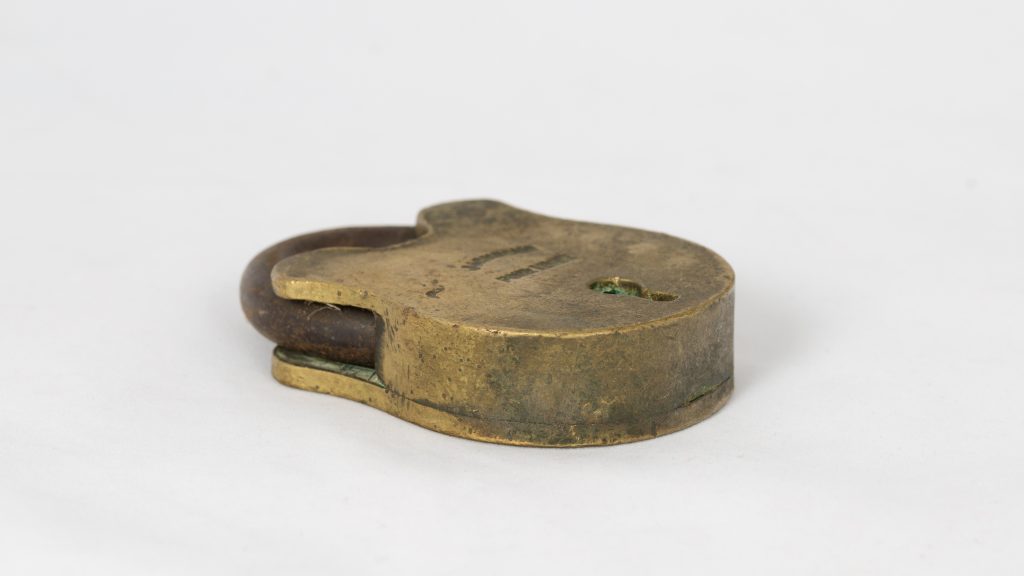
Tough voices, heavy footsteps, and the clang of brass padlocks on iron bolts echoed around the cold stone walls and floors of the cell blocks, day after day. ‘I often think of the clanging of the locks. If an inmate wanted something, he would usually get the lock and bang it on the bolt to […]
Read More…

When twice-transported English convict Mary ‘Molly’ Morgan (1760-1835) stepped off the ship to serve a colonial sentence at Newcastle in 1814, little did she know that about 170 years later she would become the central character of a musical stage play. What would she have thought of the band’s electric guitars, saxophone and drumkit (not […]
Read More…
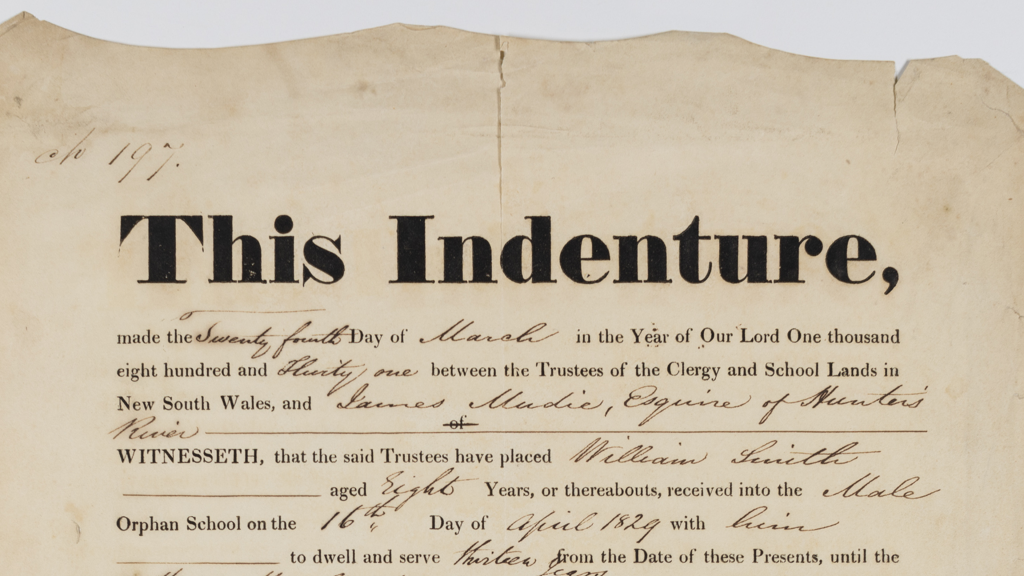
In an office at the Male Orphan School in Liverpool (now Bonnyrigg), on 24 March 1831, a clerk laid a freshly printed form on his desk and, with his pen and ink, filled in the blanks. Somewhere in the rooms of the school that day was an eight year old boy named William Smith. He […]
Read More…
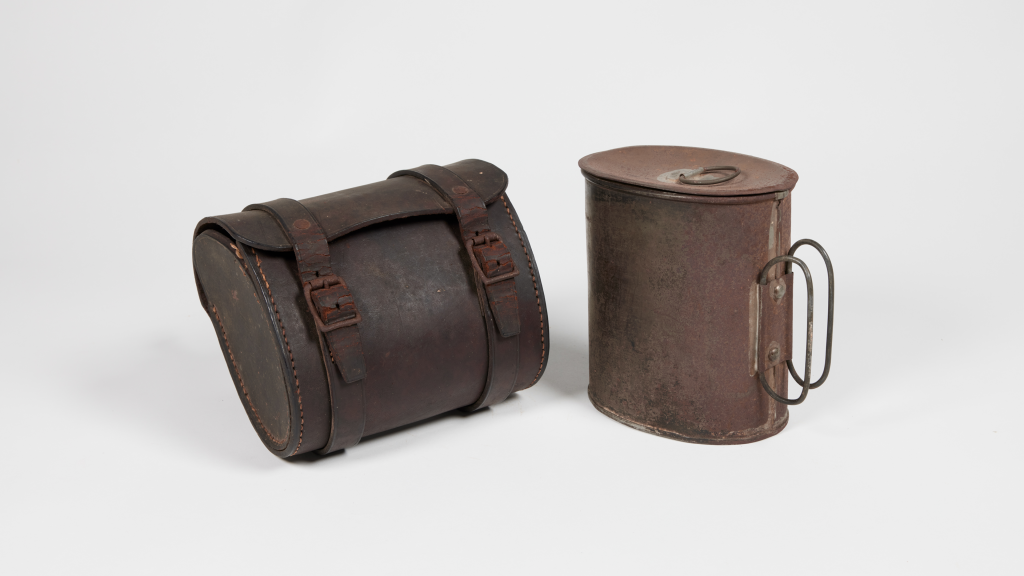
The stockman’s quart pot – a billycan (kettle) with a cup that fits inside it – was a popular kit carried by bush men and women to brew and drink tea. Whether journeying on horseback or by foot, travelling in the dry Australian ‘bush’ was a very thirsty business. A cup of leaf-tea, brewed on […]
Read More…
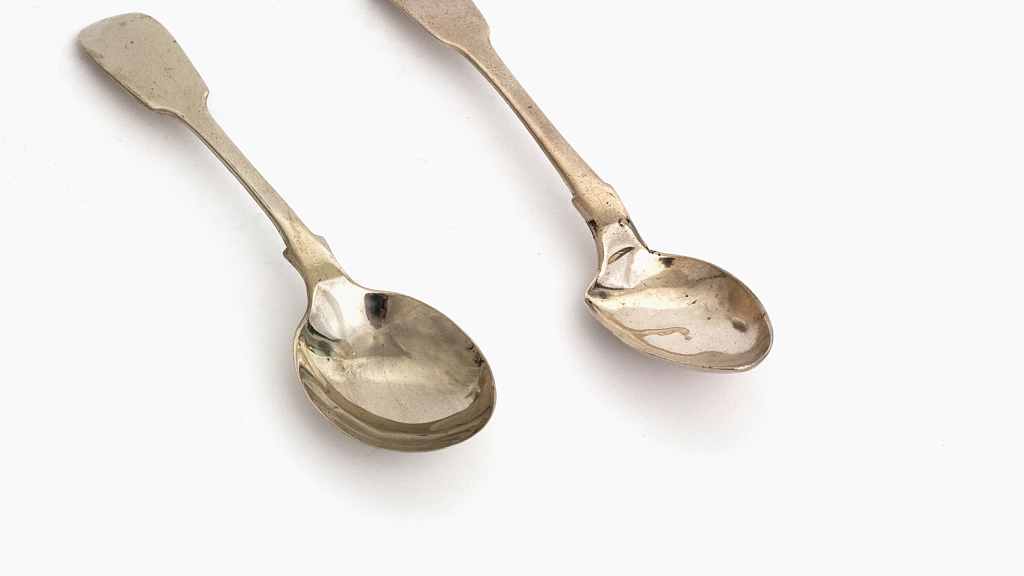
Silver spoons were very nearly Alexander Dick’s (c.1791-1843) undoing. A free settler who arrived in 1824, he was a working silversmith with a prospering business in Sydney in 1826 when he made a deal that cost him dearly. Anxious to produce an order of silverware for a client, he knowingly bought a set of ‘old’ […]
Read More…
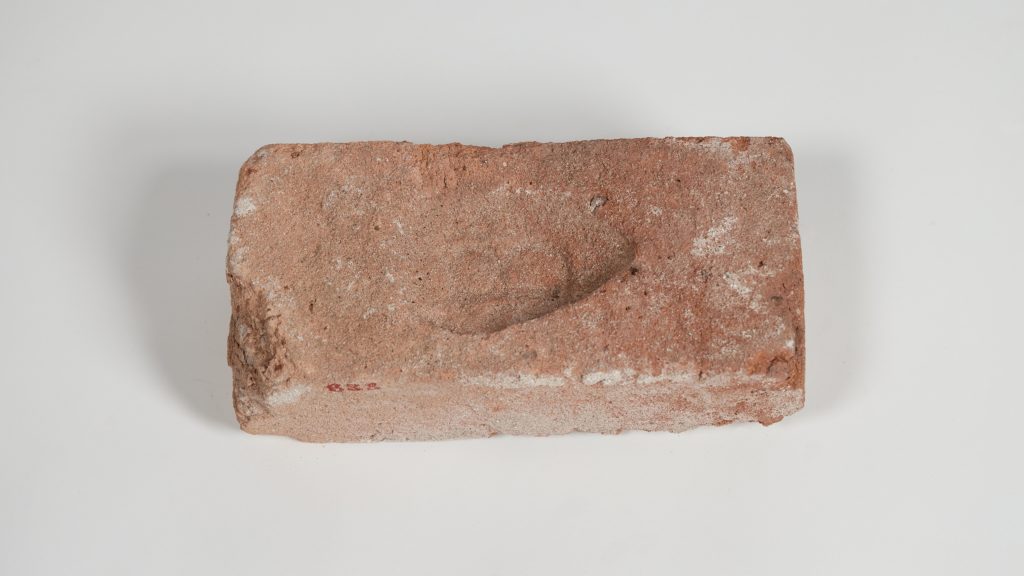
Throwing a handful of sand around the mould, before filling it with several dollops of wet clay, the maker of this sandstock brick knew that the dusty sand would allow the brick to easily slip out. Using the edge of his wooden strike board, he scraped off the excess clay and pressed the heart-shaped ‘frog’ […]
Read More…
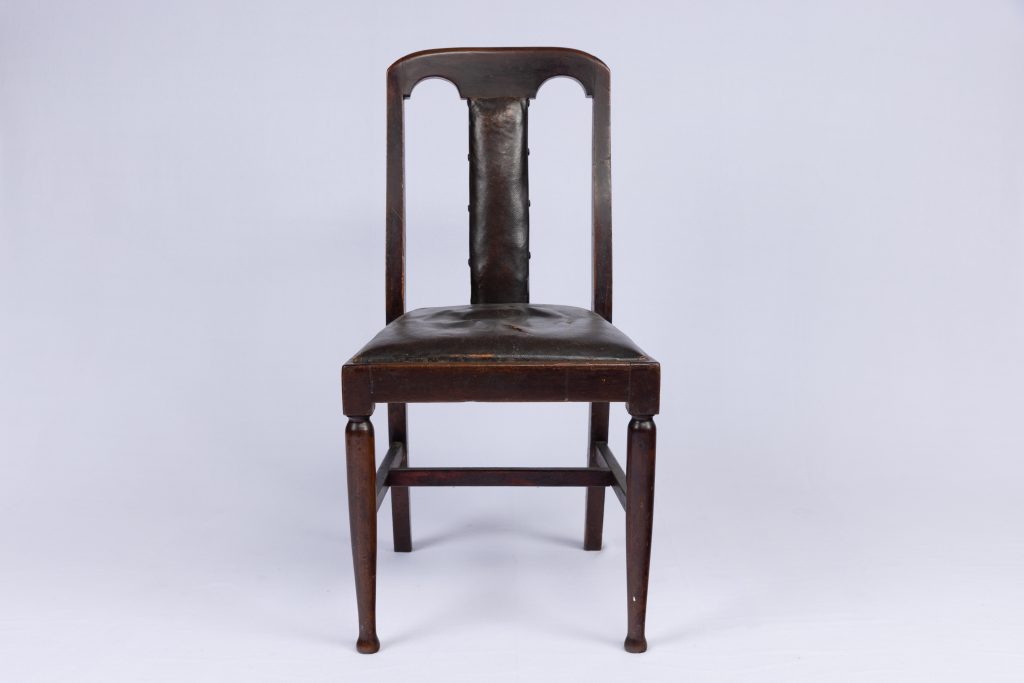
Sometime in the 1780s, or even earlier, a furniture maker in England put the finishing touches on this utilitarian chair with its simplified fiddle back. He painted it with shellac and used his hammer to drive in iron tacks to secure the brown leather upholstery and to stamp the letters ‘S’ and ‘L’ (perhaps his […]
Read More…











